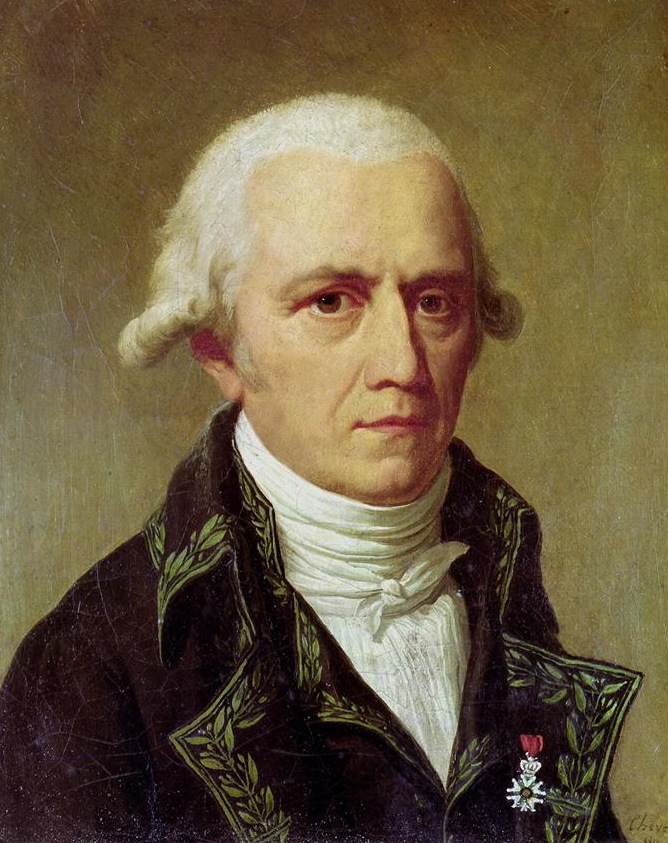 The claim that cultural evolution is Darwinian is often met by critics with cries that no, it is Lamarckian.
The claim that cultural evolution is Darwinian is often met by critics with cries that no, it is Lamarckian.Lamarckism was invoked by Gould, Pinker, Pigliucci, Gabora and Kronfeldner.
Some claim cultural evolution is Lamarckian (Boyd, Richerson, Turchin). Others claim it is not (Hull, Wilkins, Hodgson).
In fact Darwin embraced a wide range Lamarckian evolutionary mechanisms - so contrasting Darwinian and Lamarckian approaches to evolution is a little strange. Perhaps critics would be best off contrasting Weismannian and neo-Darwinian inheritance. However that might not be so much fun.
Much of the debate is over what "Darwinian" and "Lamarckian" actually mean. Lamarck famously endorsed the principle of use and disuse, and the principle of inheritance of acquired characteristics:
- Use and disuse is well established in some domains. Used muscles get bigger while unused muscles atrophy. The brain responds similarly to use and disuse. However the principle has some limitations.
- The inheritance of acquired characteristics was famously disproved by Weismann. However, few argue that dogs can't acquire fleas and then transmit them to their offspring. That is, technically, the inheritance of an acquired characteristic. Some acquired characteristics are inherited while others are not. If Weismann had chosen a different trait - for example, stress - he might well have drawn the opposite conclusion.
The proper view of Lamarckism in the context of cultural evolution involves two different claims:
- Cultural evolution is less Lamarckian than often thought;
- Organic evolution is more Lamarckian than often thought;
To address these in turn:
Cultural evolution is less Lamarckian than often thought
The inheritance of acquired mutations is commonplace and uncontroversial. Only the inheritance of acquired phenotypic traits is problematical. This requires a distinction between genotype and phenotype. The distinction between genotype and phenotype I advocate places the split between inherited traits and their products. In which case, only the genotype is inherited from - by definition. This approach defines the inheritance of phenotypic traits out of existence, since anything inherited from is classified as being part of the genotype.Another issue here is empirical: much cultural inheritance consists of verbatim copying of construction instructions. Biblical texts have survived for many generations with few changes. In the internet era, copying culture without changing it is ubiquitous. Non-Lamarckian cultural inheritance is commonplace.
Organic evolution is more Lamarckian than often thought
Lamarckian inheritance has been out of fashion in evolutionary biology for a century.However, there are multiple cases that seem to qualify:
- Dogs acquire fleas and then transmit them to their offspring. Arguing that this isn't a case of inheritance of acquired characteristics requires considerable special pleading.
- Stress levels are another trait commonly transmitted down the generations. Stressed parents tend to have more stressed offspring. This isn't high-fidelity transmission, but it is the inheritance of an acquired characteristic.
- Many sexually-selected traits are also subject to inheritance of acquired characteristics - due to mate choice. For example, acquiring large breasts is likely to result in larger-breasted offspring. This is because large breasts are likely to attract males with preferences for large breasts - who are also more likely to carry genes for large breasts (due to historical association). A similar argument applies to practically every trait affecting mate preferences.
- What about the idea that Lamarckian inheritance required reverse-engineering of traits from the phenotype into the genotype? I don't think that is true - Lamarck never said any such thing. However, just hypothetically. Such reverse-engineering certainly happens in the cultural realm. The problem is that it happens with DNA too these days. Genetic engineering allows the full spectrum of intelligent design techniques to be applied to DNA evolution. The window when cultural evolution permitted reverse-engineering of phenotypes - while organic evolution did not - was pretty narrow.
- Cultural inheritance isn't the only means of acquiring traits non-genetically. Immune resistance may be transmitted and acquired via breast milk. Other non-cultural traits may be transmitted and acquired via the environment (e.g. a beaver might acquire a dam from another family of beavers during its lifespan, and then its children might inherit it).
- CRISPRs illustrate that some organisms adaptively slurp up DNA from parasites - and then pass it on to their descendants.
- Recent findings appear to show that even some highly-specific learned traits are transmitted into gametes. While this seems extraordinary and may turn out to be wrong perhaps it will turn out to be true.
There's a nice treatment of organic Lamarckian inheritance in: Darwinism Extended: A Survey of How the Idea of Cultural Evolution Evolved.










Really poor treatment of the problems with Lamarckian evolution in the context of memes.
ReplyDelete